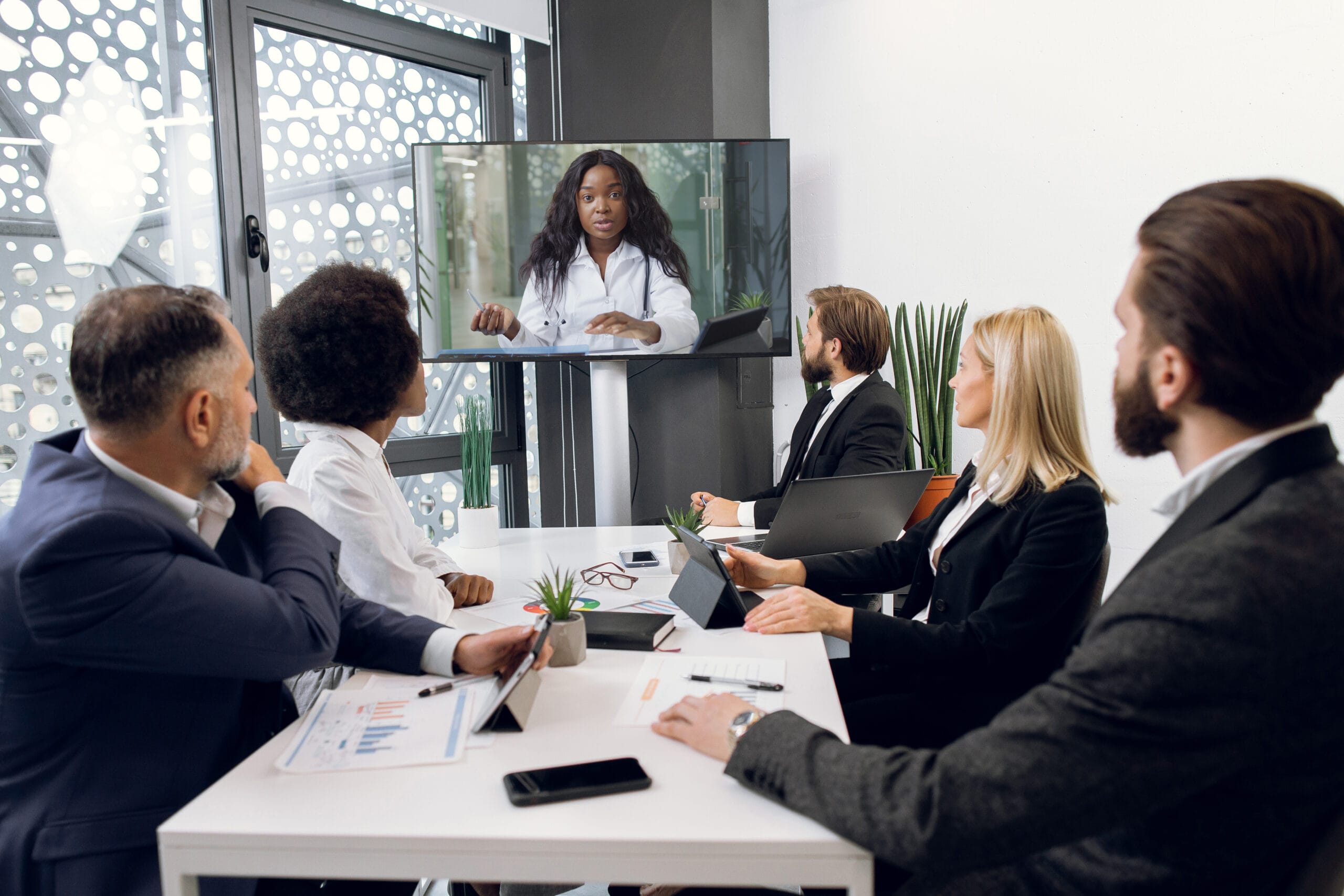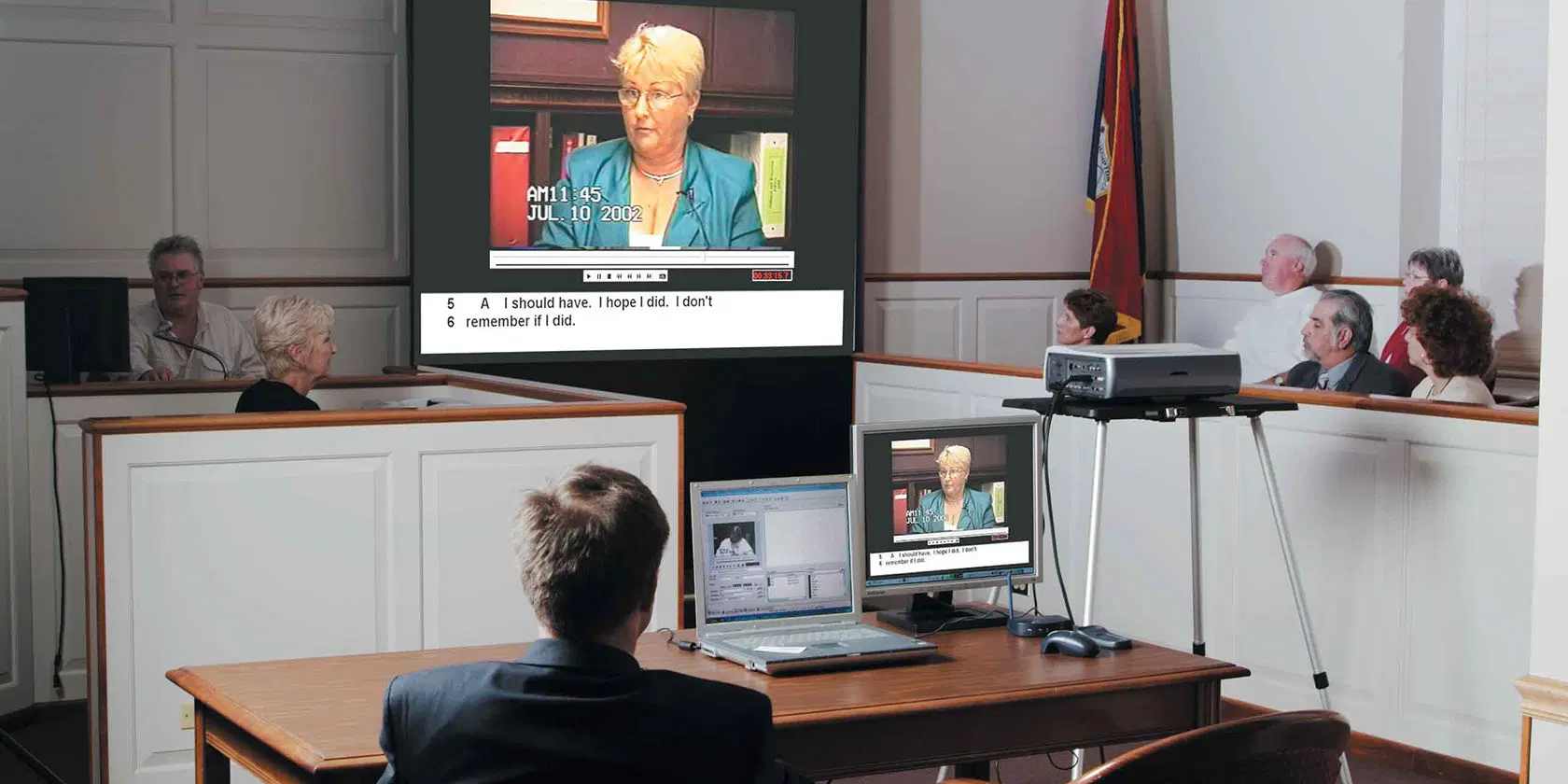Achieve clarity and impact with expertly designed trial presentations for better persuasion.
Achieve clarity and impact with expertly designed trial presentations for better persuasion.
Blog Article
Just How Trial Presentations Enhance Your Argument and Encourage Jurors
Test presentations serve as a pivotal system for enhancing legal debates and convincing jurors. The calculated usage of visuals not only clarifies complicated details yet likewise records jurors' attention extra effectively than words alone.

Significance of Visual Aids
Visual aids play a critical role in boosting the effectiveness of trial discussions, as they can significantly raise target market interaction and retention of info. In the context of a test, where jurors are tasked with handling facility details, visual help serve to simplify and make clear essential points. Graphes, charts, and photos can communicate data and concepts that might or else bewilder or confuse jurors, enabling an extra simple understanding of the proof provided.
Additionally, visual aids assist in preserving juror interest throughout the procedures. By breaking the uniformity of verbal testimony, these devices can punctuate important debates, making them much more memorable. Effective visual help can additionally stimulate emotional responses, which can be crucial in persuading jurors to line up with the speaker's narrative.

Crafting Engaging Stories
A compelling narrative is necessary in trial presentations, as it acts as the backbone of effective persuasion. It enables attorneys to weave together realities, proof, and emotional elements into a coherent story that reverberates with jurors. This narrative structure allows jurors to comprehend the intricacies of the instance while directing them with the lawyer's disagreement.
To craft a compelling narrative, attorneys need to concentrate on quality and comprehensibility. This includes establishing a clear lead character-- often the customer-- and describing their trip with the events in question. Providing the facts in a logical sequence boosts comprehension and maintains interaction. Furthermore, the use of dazzling descriptions can create psychological images that help jurors imagine the occasions, making the story more memorable.
In addition, integrating crucial themes throughout the discussion strengthens the core message and help in retention - trial presentations. The story needs to not only convey information but additionally evoke a sense of justice, highlighting the risks involved. Eventually, a sound story promotes a link between the jurors and the instance, positioning the lawyer's argument as both credible and compelling, therefore enhancing the chance of a positive judgment

Involving the Court Psychologically
Reliable Continued jury interaction pivots on the lawyer's capacity to attach with jurors on a psychological degree. This link can dramatically impact jurors' perceptions and their ultimate decision-making. Utilizing psychological allures allows lawyers to humanize the instance, changing abstract legal ideas into relatable experiences. By providing real-life tales or testimonials, lawyers can evoke empathy and compassion, promoting a deeper understanding of the problems at stake.
Aesthetic help, such as photographs or video clips, can additionally boost emotional interaction, giving jurors with vivid representations of the situation's human elements. Crafting a see post story that highlights the battles and accomplishments of the people included makes certain that jurors see past the lawful disagreements and identify the human consequences of their decisions.
Furthermore, tone and body movement play an essential function in conveying feeling. A lawyer's enthusiastic shipment can resonate with jurors, reinforcing their emotional financial investment in case. It's vital to balance sob stories with accurate proof, ensuring that jurors feel urged to act while continuing to be grounded in the truth. Ultimately, a mentally engaged court is most likely my sources to be convinced, making psychological connection a crucial component of effective trial discussions.
Structuring Your Discussion

The body of the discussion must be practically fractional into bottom lines, each supported by compelling evidence. It is beneficial to utilize narration strategies to weave realities into a story that jurors can conveniently comply with. Aesthetic aids, such as charts and videos, can enhance comprehension and involvement, aiding to highlight crucial pieces of evidence.
Real-World Study
Analyzing real-world situation studies offers invaluable insights right into the art of test discussions and persuasion. The site case of "O.J. Simpson v. The People of The golden state" shows how visual help and compelling narratives can persuade jury understandings. The defense team properly used a technique that combined top-level expert testaments with multimedia discussions, which astounded jurors and ultimately affected their decision.
An additional remarkable instance is the "McDonald's Coffee Instance," where the complainant's attorneys made use of visuals photos of the injuries received by Stella Liebeck. trial presentations. This raw aesthetic proof played an essential role in conveying the seriousness of her burns, resulting in a considerable jury award. Such cases show that impactful test discussions often rest on the reliable assimilation of visuals and narration to evoke emotional responses from jurors
Furthermore, the "Casey Anthony Test" highlighted the relevance of narrative comprehensibility and reputation. The prosecution's failing to establish a compelling timeline diminished their influential power, emphasizing the necessity of a well-structured presentation. Examining these situations exposes that successful test discussions require calculated preparation, psychological engagement, and the capacity to resonate with jurors' worths and ideas.
Conclusion
Test presentations substantially improve debates and convince jurors via the tactical usage of visual aids, compelling stories, and emotional involvement. A well-structured presentation equilibriums psychological charms with valid evidence, eventually reverberating with jurors' worths.
Report this page